Europe-Vietnam relations boosted
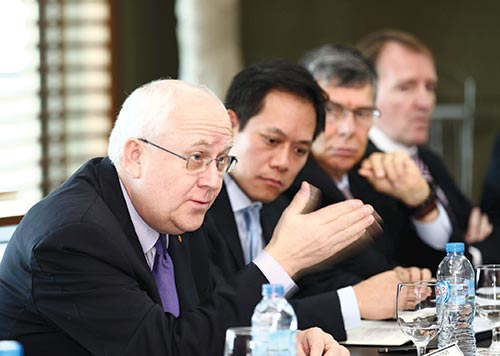
The FTA with the European Union contains a significant capacity-building element- Photo: Le Toan
The eleventh round of EU-Vietnam FTA talks were concluded two weeks ago and the finalisation of these negotiations is expected soon. This round focused on key issues for the EU and they will have potentially significant impacts on Vietnam’s investment and business environment: trade in services, investment, public procurement, competition and regulatory issues.
These issues are of major concern as they are linked to core international standards that promote a free and transparent climate for trade and investment complemented by issues on corporate social responsibility. This environment is seen as a condition to enhance business opportunities for both sides.
Economic relations with the EU are crucial for Vietnam because trade with the EU represented around 11 per cent of the total trade (only trade with China being higher) and almost 20 per cent of exports in 2013 according to figures from the European Commission. The EU is Vietnam’s number one export destination. Vietnamese investors are also increasing their presence in at least 12 EU member states with the total registered capital of $35.9 million in 2012. Conversely, the EU is one of the largest foreign investors in Vietnam, committing €1.37 billion. For the EU, Vietnam is its fifth largest trading partner within ASEAN and this group is its third largest trading partner worldwide (after the US and China).
The conclusion of the EU-Vietnam FTA is part of the EU strategy to negotiate trade agreements with regional blocs worldwide. That is why the FTA negotiations with Vietnam are closely related with the FTAs negotiated with Singapore, Malaysia and Thailand. This is also happening in other regions such as in the Andean region where the EU concluded an FTA with Colombia and Peru, and Ecuador joined last year.
Whereas Vietnam and ASEAN have concerns over the negotiation of mega-agreements in the Asia Pacific region such as the Regional Comprehensive Economic Partnership (RCEP) and the Trans-Pacific Partnership (TPP), the EU-Vietnam FTA is seen as an agreement that would contribute to the development of its institutional capacity because the EU FTAs typically also support the design of regulatory frameworks for non-tariff issues.
That is why the EU concluded the Framework Agreement on Comprehensive Partnership and Co-operation (PCA) in 2012 to support Vietnam in developing its institutional framework. Given the EU was also one of the supporters of Vietnam’s WTO accession in 2007, this PCA sought to implement and enforce concrete commitments on trade and investment (Title IV) in line with international standards by means of a strong co-operation programme to improve market access. The PCA sought the exchange of information on trade-related policies and the provision of capacity-building. The main areas of concern of the PCA are sanitary and phytosanitary measures, technical barriers to trade, investment promotion, competition policy and protection of intellectual property rights. It includes also the fight against counterfeiting and piracy.
Therefore, the signature of FTAs with the EU does not only enhance trade and investment but its added value for Vietnam lays also in the provision of co-operation and capacity building on regulatory issues by the EU. The EU is the second largest bilateral donor and the biggest in terms of grants in the area of socio-economic development in Vietnam. The most well-known co-operation programme is the Multilateral Trade-related Assistance Programme. At the level of ASEAN, the EU is also financing the Enhancing ASEAN FTA Negotiating Capacity Programme, ASEAN Regional Integration Support Programme, EU-ASEAN Statistical Capacity Building Programme and the ASEAN Project on the Protection of Intellectual Property Rights.
These co-operation programmes demonstrate that the EU, more than any other actor, is strongly supporting the development of an institutional framework for trade and investment in Vietnam. In addition, the EU offers Vietnam its Generalised System of Preferences (GSP), which increases trade but also improves competitiveness, technology transfers and transparency. The implementation of the GSP is the ideal pre-condition for the introduction of an FTA as occurred in other regions, such as in Colombia-Peru.
But what does the FTA mean for Vietnamese companies? Surveys by the Economist Intelligence Unit in the Asia-Pacific Region in 2014 give further support to the Vietnamese EU FTA strategy. The first survey looked at how FTAs were being used and how are they perceived by businesspeople in ASEAN. Results showed that 85 per cent recognised the increase of their exports as a consequence of the use of FTAs and 72 per cent said FTAs were the best option for overseas businesses. The survey further indicated that although the FTAs mostly referred to the elimination of tariff barriers, the conclusion of more comprehensive FTAs is supported by 81 per cent of ASEAN exporters and 77 per cent support the signature of FTAs with larger economic blocs. Within Vietnam, 37 per cent of the surveyed companies use FTAs. This is higher than in Singapore, but there is still an important growth margin.
The second survey had an Asia-Pacific scope and found that only 25 per cent of firms consider non-tariff barriers as relevant in their exports. However, the companies are not necessarily aware of the detrimental impact such barriers provided as the survey also found that ignorance about FTAs was the main reason for its low rate of use.
These findings seem to justify why the EU - Vietnam FTA constitutes an added value for trade and investment in Vietnam: it is a major driver for the modernisation of the country’s legal framework; it contributes to the sophistication of manufacturing; and it prioritises regulatory issues. The presence of the EU in the Vietnamese market seems to fill this gap through co-operation programmes on the implementation of good practices in intellectual property rights, competition policy, customs co-operation, investment protection and technology transfer, which are key requirement in line with international standards.
What the stars mean:
★ Poor ★ ★ Promising ★★★ Good ★★★★ Very good ★★★★★ Exceptional
Latest News
More News
- Danang makes push for free trade zone (November 11, 2024 | 15:01)
- Danang pinpoints areas to unleash economic potential (November 11, 2024 | 14:53)
- Ca Mau builds up service-oriented administration (November 11, 2024 | 14:29)
- Digital transformation the driving force for Quang Nam (November 11, 2024 | 13:00)
- Tien Giang emerging as strategic investment hub (November 11, 2024 | 11:00)
- Vietnam welcomes more semiconductor enterprises (November 11, 2024 | 10:41)
- Quality must come first in chip mission (November 11, 2024 | 10:33)
- Developers pinpoint energy dealmaking (November 11, 2024 | 08:00)
- German businesses explore investments in Dong Nai (November 08, 2024 | 18:02)
- Vietnam poised to become hub in global semiconductor supply chain (November 07, 2024 | 16:00)


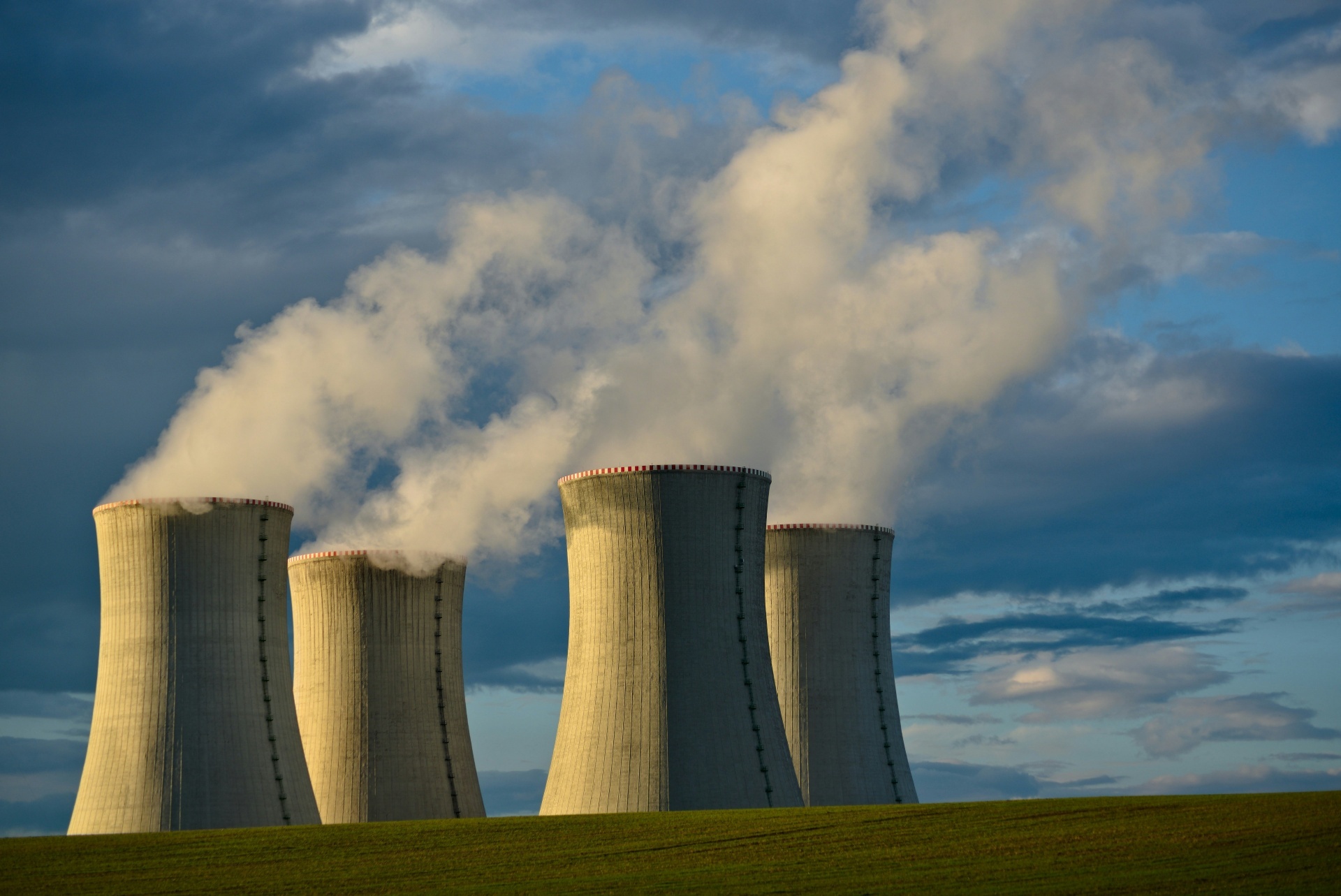
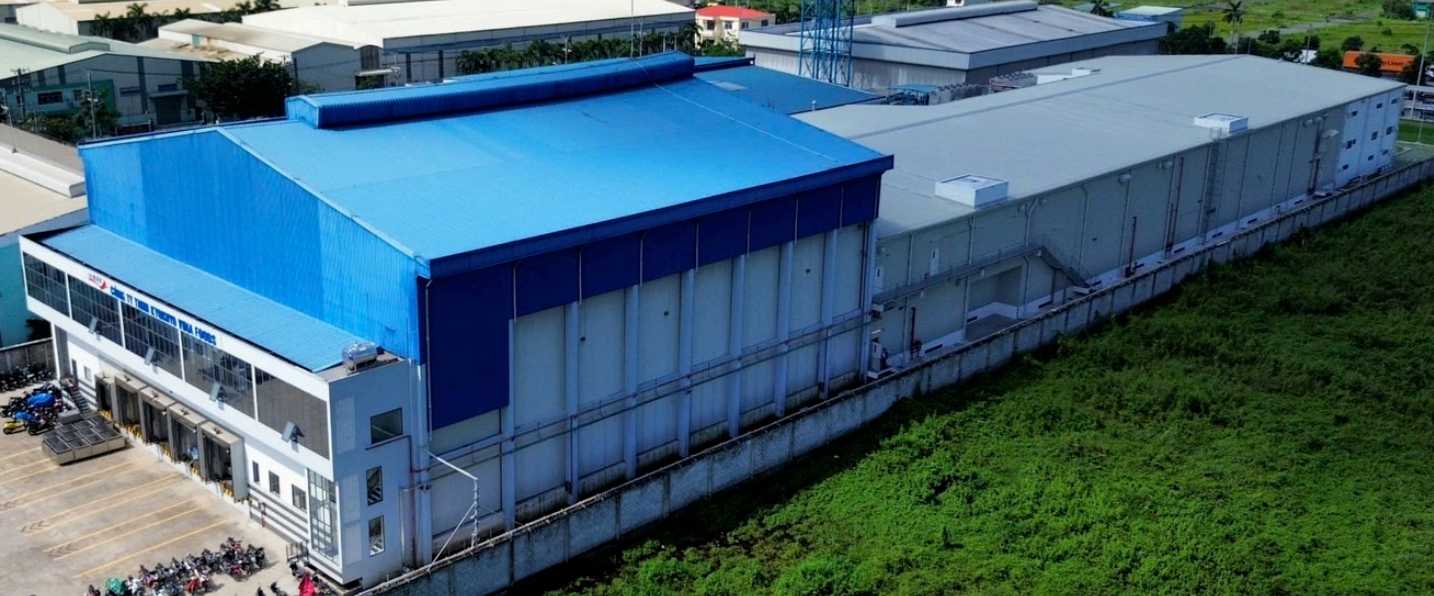
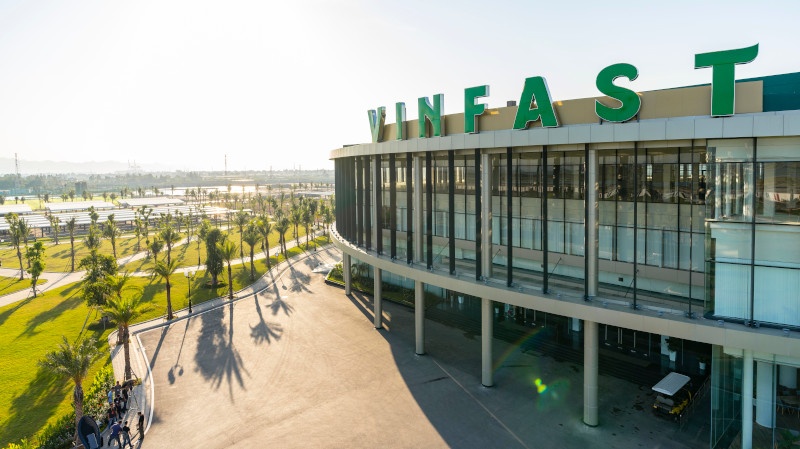
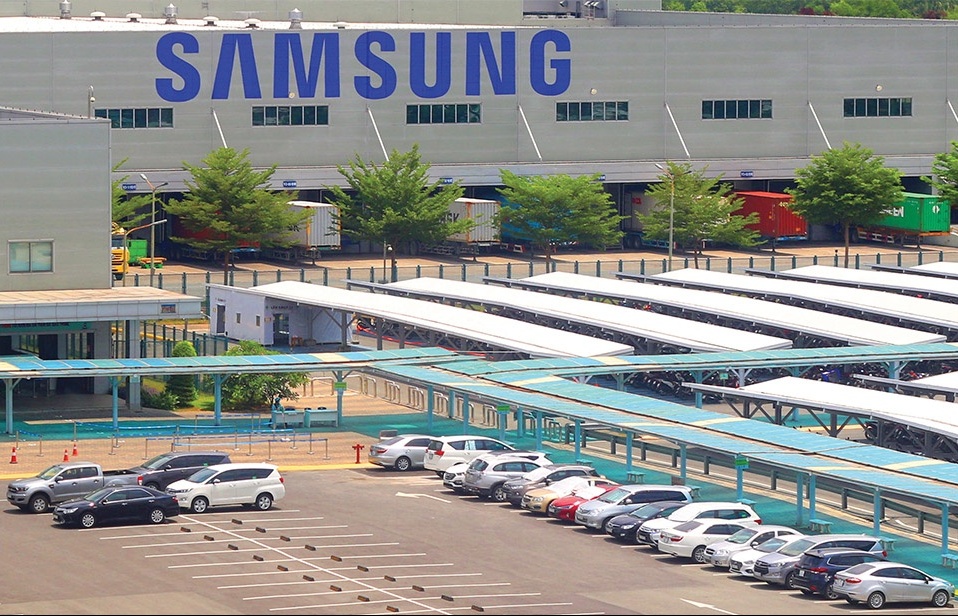
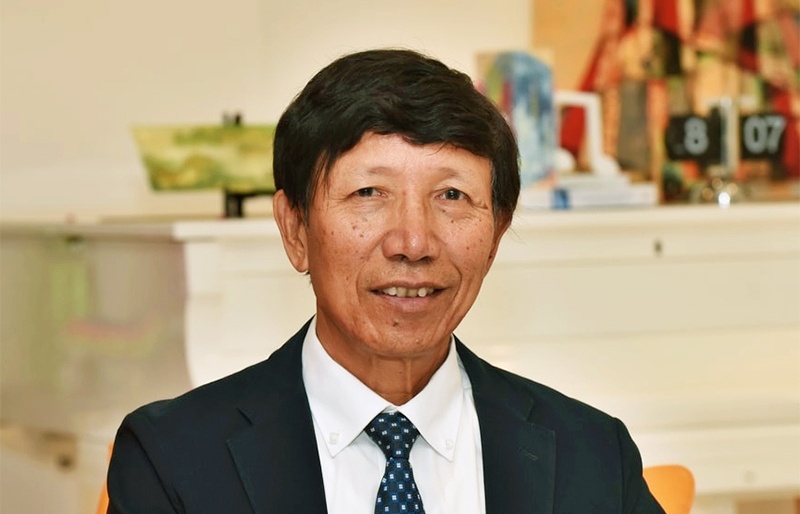
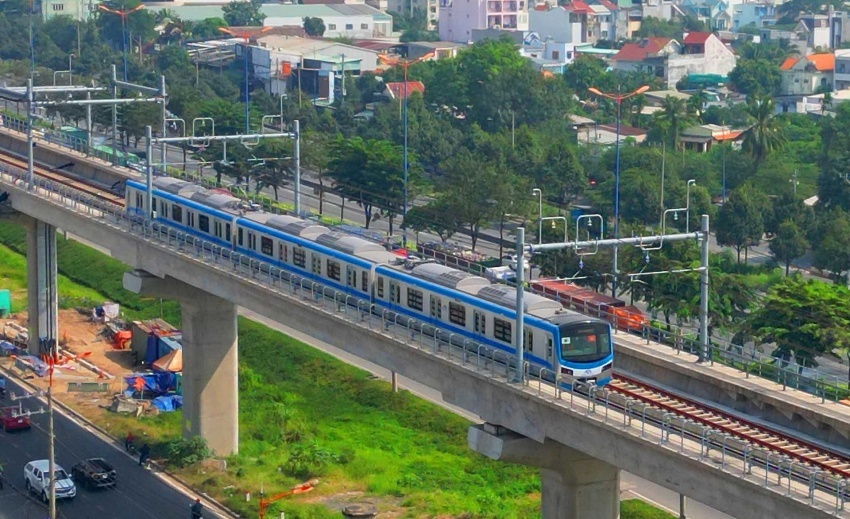






 Mobile Version
Mobile Version